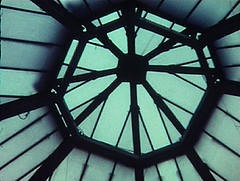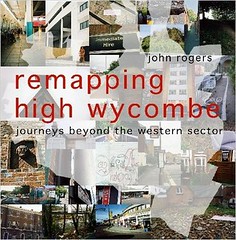Psychogeography and the High Wycombe terror suspects
We're exploring the meaning of the recent arrests in High Wycombe in the context of the town's sense of place and our personal connection to it.
In November 2004 we did a derive workshop with a group of local school children which at one stage took us through Kings Wood where the police are now searching for evidence of bomb making equipment. 18 months ago the associations of this wood, through the eyes and minds of young teenagers was one of adventure, exploration and discovery of wildlife and flora and debris from an old burnt out car. We met dog walkers who were happy to stand and chat and the children were happy and familiar leading the party around an environment which was obviously a regular playground. How quickly the perceptions of place change.
One question we're asking is to what extent is the presence of religious extremism in the town (supposing the allegations are correct) somehow in keeping with its heritage of religious dissent. Wycombe was a Lollard and Quaker stronghold for many years (Quakers still meet in Wycombe) and in their day they were viewed by the State in almost the same way that Islamic militants are today. This is not drawing a direct comparison in terms of beliefs or methods, or drawing a direct parallel between dissenters and what we now call extremists, it's searching for historic symmetries between current events and echoes from the past.
Click here to read some further thoughts on psychogeography, autotopography and the terror suspects. We'd be keen to know what you think and we'll continue to add updates as we get them.
tags: Terror plot
Labels: 7/7, high wycombe terror suspects, terrorism





